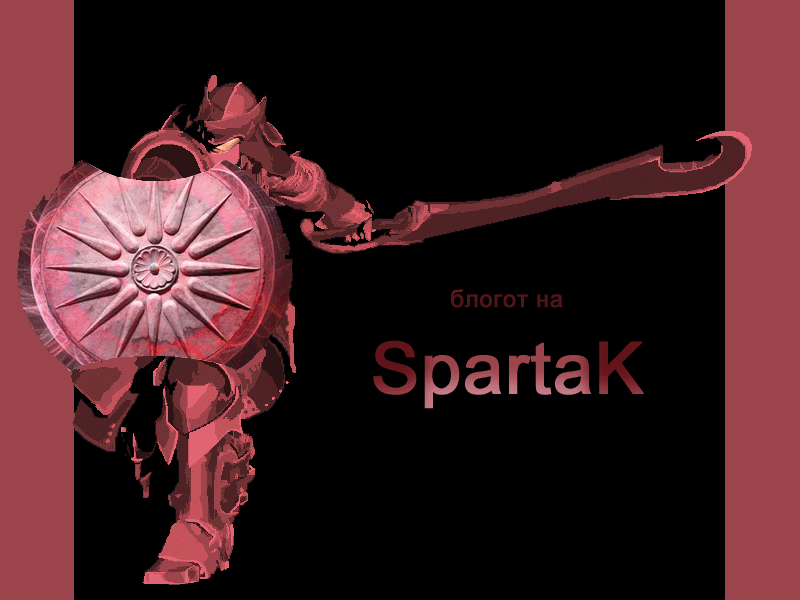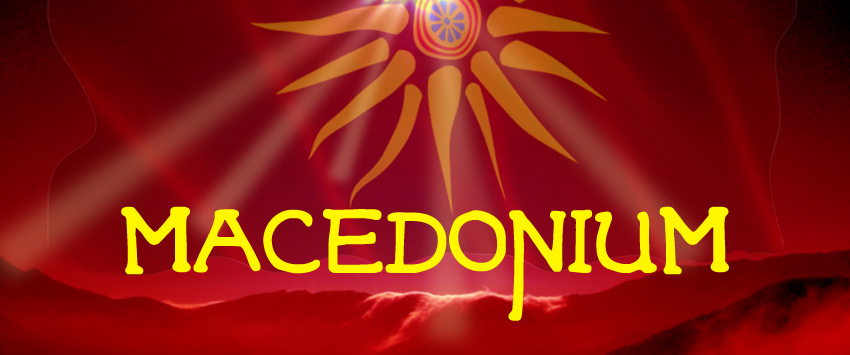
According to the perception of contemporary science, as well as the text being written in three scripts, two languages had been used:
ancient Egyptian (written with hieroglyphs and in the demotic script)
ancient Greek (written in ancient Greek script)
A basic assumption of our research is that in writing the text on the Rosetta Stone three scripts were used, but in three languages: ancient Egyptian, written in the hieroglyphic script, ancient Macedonian, written in the demotic script, and ancient Greek written in the ancient Greek alphabet. It should be mentioned that one of the most significant and leading works in the field of study of the demotic script as well as the language, the new Egyptian language as it is called, is the Dictionary and Grammar of the Demotic Language, The Oriental Institute of Chicago, USA. Although it is clear and generally accepted that a syllabic script is in question, in this significant publication the authors point out that they are not capable being read sign by sign (syllable after syllable), but they suggest the text is written word after word, and at the same time supposing an absolute language identity in the forming of sentences, phrases and all the names of rulers and gods in the text in ancient Egyptian with the ancient Greek text.
The appearances of the three parts of the text are available on the following links: hieroglyphic, demotic, ancient Greek.
The perceptions and results of our research in analyzing and deciphering the middle text of Rosetta Stone are presented here, starting from the assumption that the text in the demotic script was written in the language of the ancient Macedonians, i.e. in the ancient Macedonian language. You may proceed to the characteristics of the analyzed script through the following topics:
- Basic characteristics of the script.
- Wiring for sound of the identified signs.
- Some rules for writing.
- Mentioning the name of the emperor (pharaoh).
- Mentioning the names of the emperor's (pharaoh's) ancestors.
- Categories of young maids.
- Categories of priests.
- Deciphering the last line of the text.
- Names of territories and peoples.
- Names of the gods and their functions.
- Conclusion.
Click here to proceed to the dictionary of deciphered words and terms from the middle text of the Rosetta Stone.
Click here to proceed to the complete text.


















.jpg)
3 коментари:
Јазик на Антички Македонци
Несомнено постоел
Но дали е тој на каменот од розета или не
Ставам во голема резерва
На крај краева Шамполион ги дешифрирал картушите од хиероглифското писмо според демотското писмо
На кое биле запишани и зборови од стариот египетски коптски јазик
Но можно е во истиот тој јазик да постојат и зборови на античкиот македонски јазик
Зошто да не
Птоломеидите биле македонска династија
Која не го заборавила и јазикот од своите предци
Општо е познато дека тие го негувале јазикот на своите предци
Така постојат извори кои ни кажуваат дека и Клеопатра зборела на тој македонски јазик од славното минато на времето Александрово
То е То
Поздрав Spartak
Поздрав persey.
Добродојден си.
This was the response he recieved from the British Museum:
Dear Mr ...,
Thank you for you enquiry about this piece of research on the Rosetta Stone. The common consensus among Egyptologists is indeed that Demotic was successfully and fully deciphered in the 19th century and that the language - now very extensively studied - is a form of Later Egyptian (e.g. Antonio Loprieno, Ancient Egyptian: A Linguistic Introduction, Cambridge University Press), from the Afro-Asiatic language family. As far as I am aware no Egyptologist or historical linguist has given any credence whatsoever to this alternative theory.
With best wishes,.
Dr R... B...
Assistant Keeper (curator)
Dept of Ancient Egypt and Sudan
The British Museum
London WC1B 3DG
Објави коментар